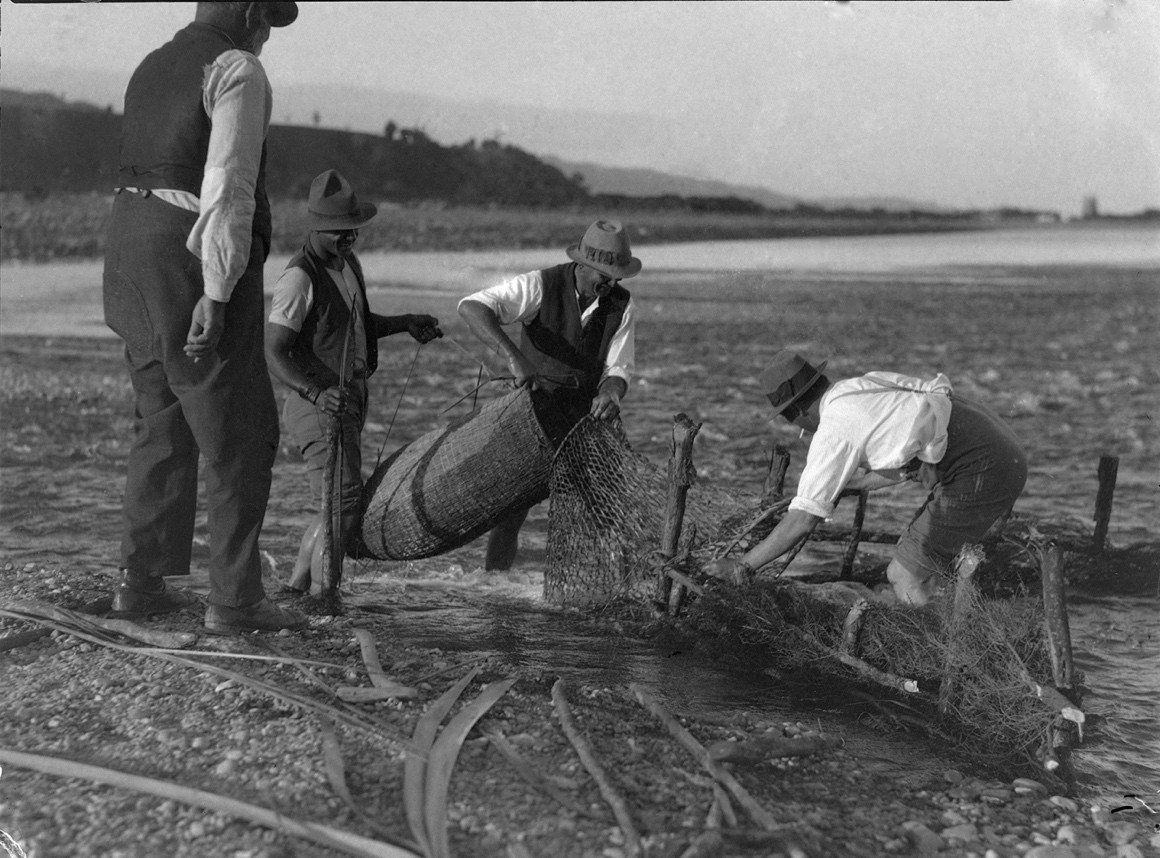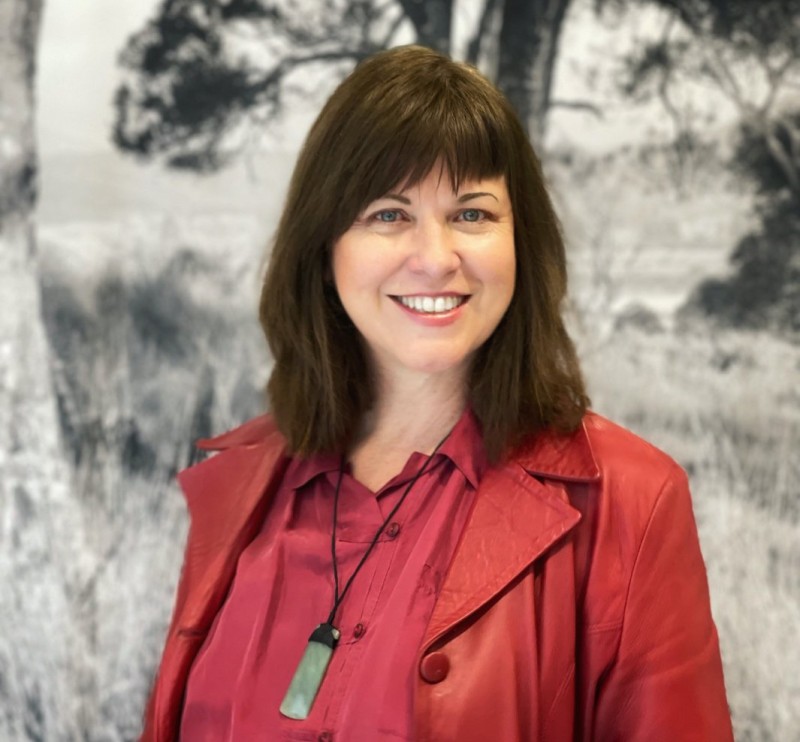Pā Tauremu fish weir, Waiapu
It is the fish story that haunts me — the one about the last ever recorded catch of Upokororo in the Waiapu river in 1923. Te Rangihīroa was there, along with Elsdon Best and Johannes Andersen. James McDonald was there too, a photographer and cinematographer. Hosted by Apirana Ngata and his whanau, they spent three weeks collecting Matauranga Māori for the Dominion Museum from Ngāti Porou who wanted their stories recorded for future generations. The now-extinct Upokororo haunts me. The traces of its once flourishing population have instead been netted in the archive, the unexpected bycatch of an indigenous ethnographic expedition.

What if one hundred years from now, manuka and kanuka had become extinct because of myrtle rust? This project aims to reassess our relationship and lifeways of this endemic species by focusing on another once-commonplace species now declared extinct. The new photography will be produced at the same location as the events of 1923, one hundred years later by rebuilding a fish trap that used manuka as part of the construction. March 17 – April 9th 2023 will be the 100-year anniversary of the Dominion Museum Ethnographic Expedition to Te Tairāwhiti. The 100-year anniversary of the last recorded catch of the once-common endemic species Upokororo at Waiomatatini will be during April 5-8 2023. The only remaining trace is a film fragment in He Pito Whakaatu i te Noho a Te Māori i Te Tairawhiti—Scenes of Māori Life on the East Coast, the footage shot by James McDonald.
For our Toi Taiao Whakatairanga project focusing on myrtle rust, we aim to recreate the 1923 pā tauremu fish weir in the Waiapu using the endemic Myrtle species manuka and kanuka stakes to secure the hīnaki as well as the brushwood arms of the weir (net remade to the exact specifications) as Paratene Ngata’s one. Our core idea is that we find it almost impossible to imagine these common Myrtle species not being here in 100 years.
We find indifference to the loss of myrtle species, to be the most difficult of problems, because myrtle species are not generally the source of economic resources. Only in recent times with mānuka honey, has this species become more valued, instead of cast as scrub that needed to be eradicated as it was for much of the twentieth century.
